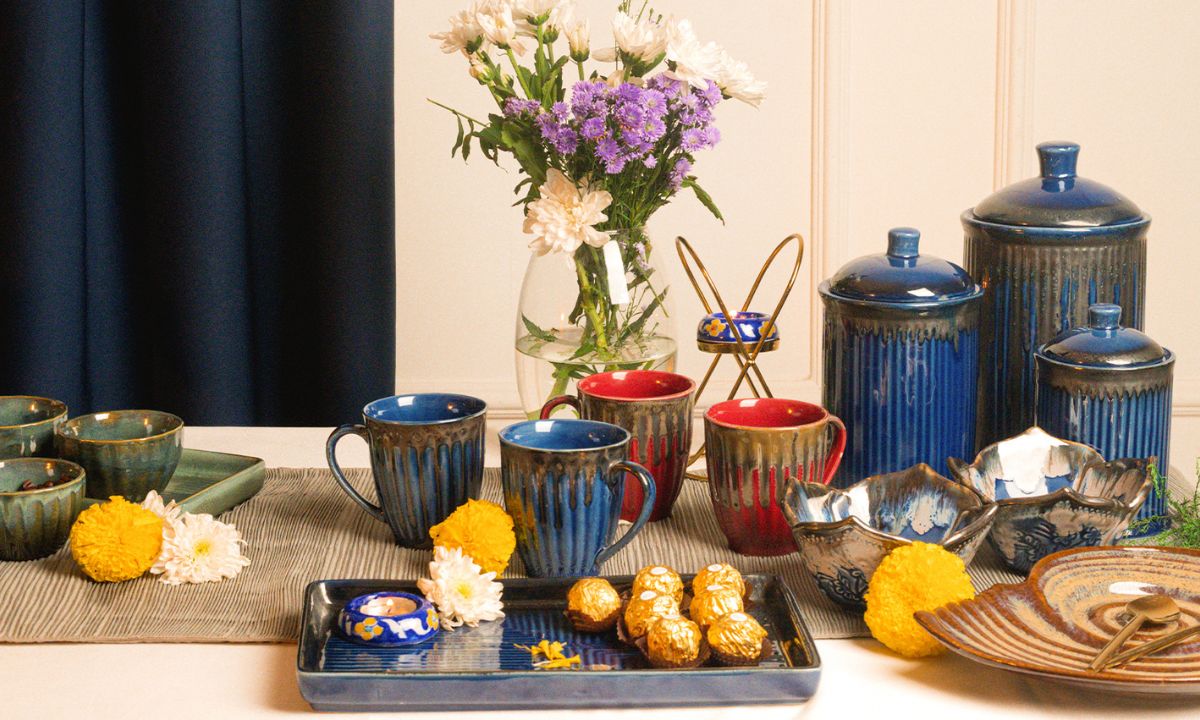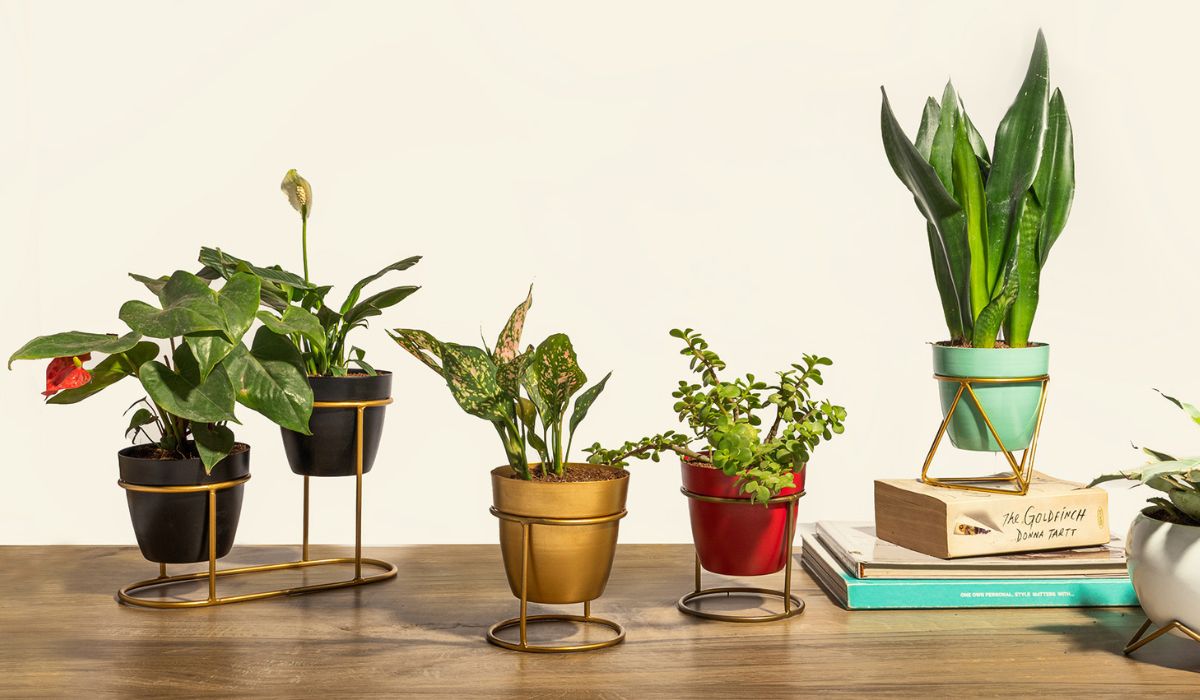
5 Tips on Caring for Ceramic Kitchen & Tableware
Caring for ceramic cookware Tableware and homes both are incomplete without the delicate presence of ceramics – the wondrous, colorful, sheening collection of fragile utensils that make everyday meals feel like a momentous occasion. Our ceramics are fragile and delicate and all delicate material needs to be handled with care.
Here are some basic rules to begin with:- Your ceramic products need gentle care and must never be subjected to extreme changes in temperature, exposure to a naked flame or very hot liquids that rise above boiling temperature.
- One should be mindful to never pour boiling liquids into a cold ceramic object. It is important to ensure the warming of the ceramic object and then allow for the liquid to settle from the boil before pouring into the ceramic pot, cup, bowl, etc.
- Certain Fine Ceramic plates, platters and serving bowls can be warmed before their usage in an oven or in a hostess trolley – at temperatures of no more than 100°C.
- All ceramic products are generally Microwave Safe – so one is able to use them to heat food in the Microwave without too much thought.
- Any ceramic tableware with decorations in gold or platinum must never be heated in the microwave. Ceramic tableware does not support any cooking.
All Ceramic products are best washed with warm or lukewarm water as opposed to cold water because it tends to clean better.
Stubborn stains on ceramics can be treated by soaking in mild bleach water for up to one hour without causing any damage to the Ceramics. Avoid use of any abrasive pads, scouring pads, steel or woolen scrubs and any washing agents whatsoever. Soaking in lukewarm or warm water before washing your ceramic products will help diminish most stains or dried particles. Ideally, one could hand wash the ceramics after the soaking process is complete, but as mentioned, a dishwasher can be an option for ceramics as well.
Ceramics can be dishwasher friendly, using any standard dishwasher agent. However, it may be safe to put ceramics in a dishwasher but it really depends on the product in question, which is why hand washing with elements like a damp sponge, soft cloth, dish towel or a paper towel and washing with warm soapy water or mild dish detergent is a both a smarter and safer option.
Any big or little markings/scarrings caused by deposits from metal cutlery in particular may also be removed with baking soda or tooth powder. There are certain instances, especially in places with hard water, where the use of a half and half mix of white vinegar and water can remove tea and coffee stains from mugs and cups with ease – which one can softly rub out with a soft fabric cloth.
It is ideal to let crockery air-dry naturally as this helps them retain their sheen and shine.
Storage for CeramicsIn storing ceramic plates, one must try not to slide them directly over one another – as this can cause tiny scratches in their beautiful glaze. Ceramics on tableware are hard to the touch, and so the back of one could plate may easily scratch the front of another – so one has to be mindful when stacking them. It is ideal to make use of a paper napkin or paper between any two plates in order to take proper care of their surfaces and to avoid any breakages, scratches or cracking.
Mugs and cups should never be stored or hung from hooks or even stacked, as this could go on to weaken their handles. Store them upright once they have dried off and at comfortable distances from each other. Storing them face dows would cause the trapping of surface smells in them.
All ceramic products must always be stored in a dry state. Ceramics are the dainty and beautiful elements of tableware that bring the shine to your every table setting and even your pantry. Learn to give your ceramics the care they deserve.


